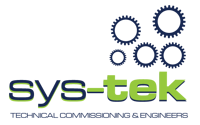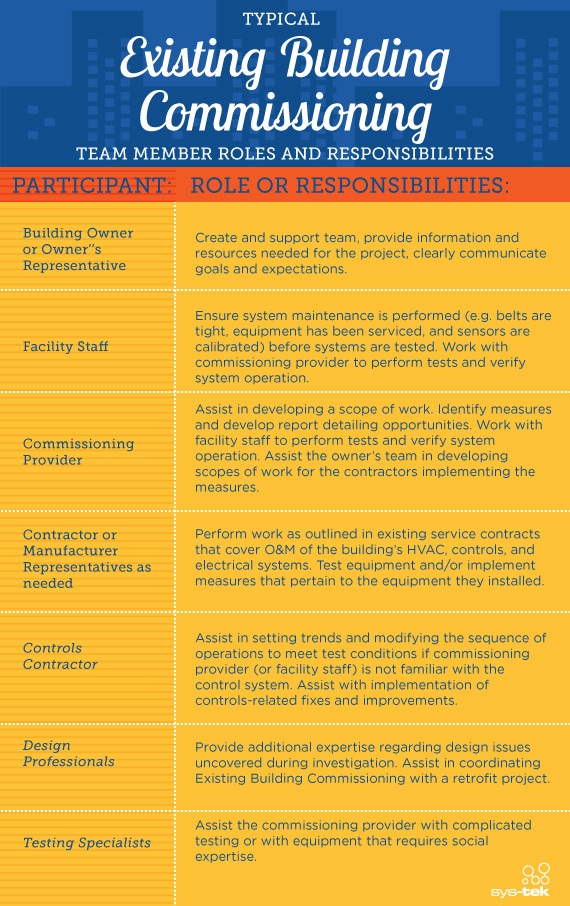Benefits Of Optimizing Your Facility Through Retro-Commissioning
Jun 10, 2013
The purpose of retro-commissioning your building is to identify and reduce waste, giving your facility the greatest possible savings in cost and energy. In all building life cycles, there are inevitably going to be issues that arise regarding maintenance and energy use. Some of those problems are due to the way the existing structures were originally designed, while others arise from operating systems that have fallen into disrepair over time. While you won’t be able to avoid these problems entirely, you can learn how to mitigate them through retro-commissioning, thereby reducing cost and adding profitability to your operation.
According to the U.S Department of Energy, retro-commissioning can produce energy savings of up to 20% — in some cases adding up to millions of dollars in savings annually. Such statistics provide good reasons for businesses to take note of the effect of energy inefficiencies on their bottom line.
The areas of concern that retro-commissioning commonly identifies and addresses include:
- Lighting inefficiencies from dust concentration, lamp lumen depreciation and control malfunctions,
- Unnecessary electrical loading from operational equipment,
- Unbalanced air and water distribution systems,
- Heating and cooling systems in need of recalibration, and
- Energy drain caused by air infiltration.
Practically speaking, how does optimizing these areas result in benefits to your operation? If you’re an owner or manager of a building, you’re likely keeping a keen eye on areas in which you can improve on your savings or revenue, so if you want hard facts and figures, they’re readily at hand. Real world case studies illustrating the benefits of retro-commissioning are numerous and well documented. For example:
- Retro-commissioning done on the Hatfield Courthouse in Portland resulted in 10% reduced energy usage, saving the facility over $50,000 in utility costs annually. Those savings payed back the cost of the retro-commissioning in under 3 years.
- The New York Marriott Marquis building is estimated to have saved over $750,000 per year by implementing a comprehensive retro-commissioning program, with a payback timeframe of two years.
- The Symphony Towers facility in San Diego realized $65,000 in estimated annual savings from retro-commissioning work, with a payback timeframe of only four months.
- Retro-commissioning done on HVAC systems at Target stores yielded an annual savings of $5,000 to $10,000 per store.
It is for these reasons and more that we highly recommended you consider retro-commissioning your facility. The benefits are concrete, positive and valuable, resulting often in a dramatic increase in your bottom line.







